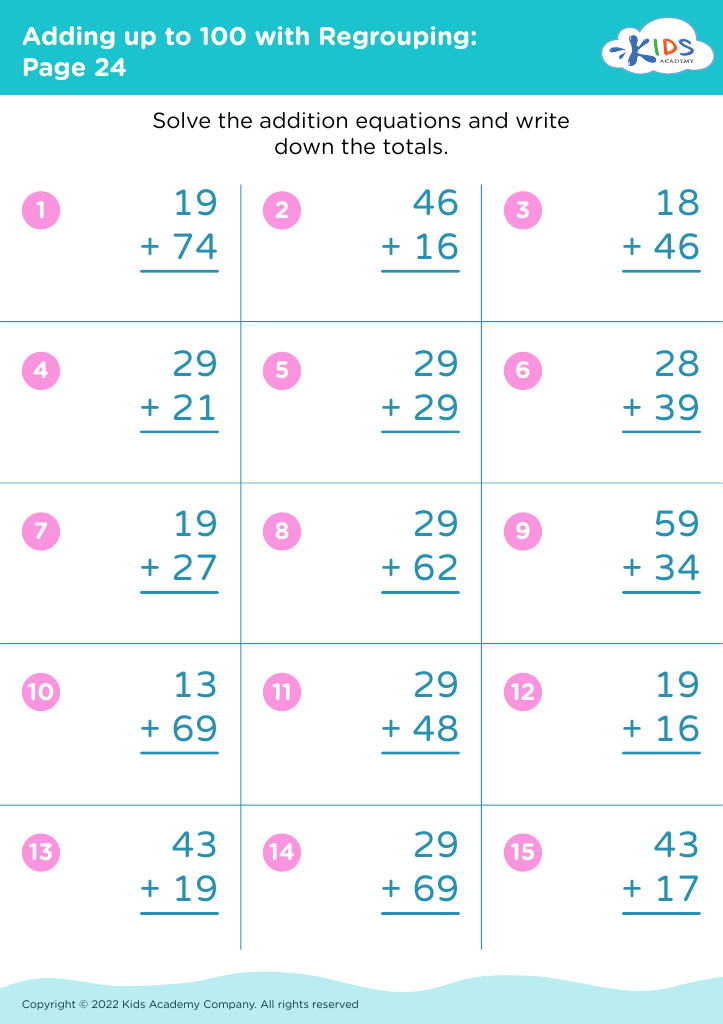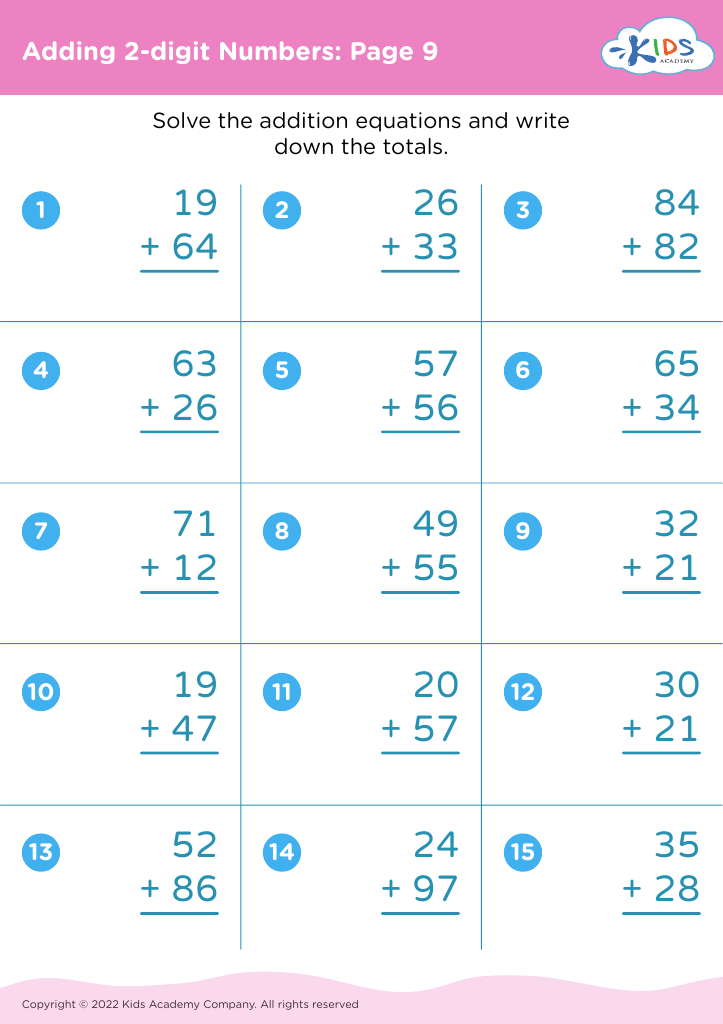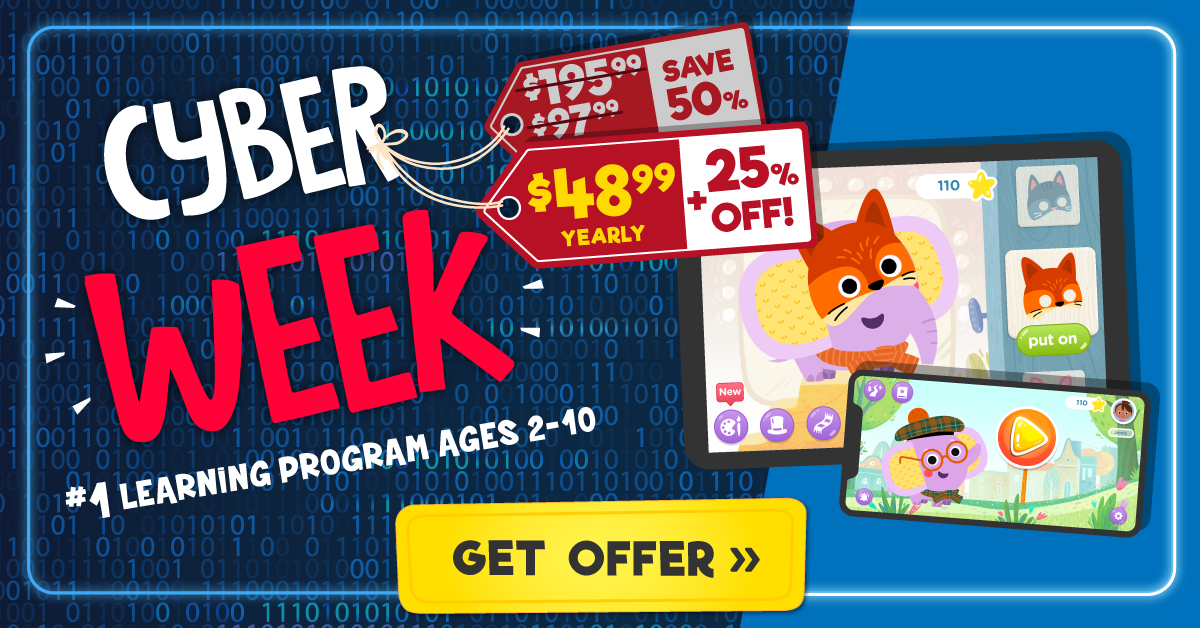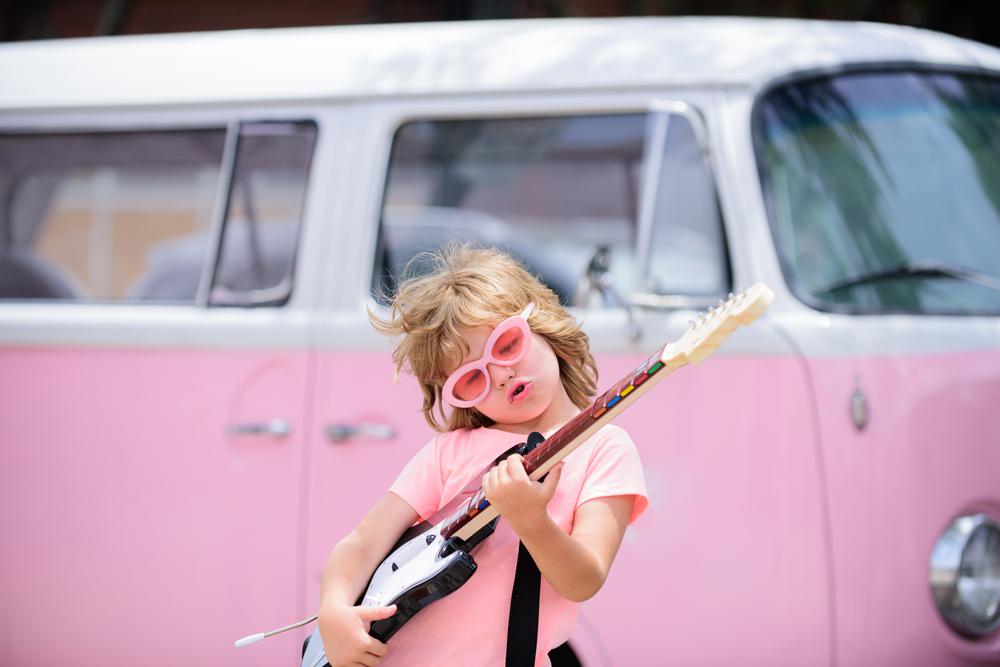Spatial awareness Worksheets for Ages 4-9
57 filtered results
-
From - To
Boost your child's spatial skills with engaging and fun Spatial Awareness Worksheets, designed specifically for ages 4-9! These printable worksheets from Kids Academy help young learners develop important cognitive abilities such as recognizing shapes, understanding directions, and improving visual perception. Perfect for at-home practice or classroom use, our activities are both educational and enjoyable. Watch your child master spatial concepts through puzzles, matching games, and drawing exercises. Foster their confidence and academic potential early on with worksheets tailored to their developmental needs. Ready for better spatial understanding? Download now from Kids Academy!
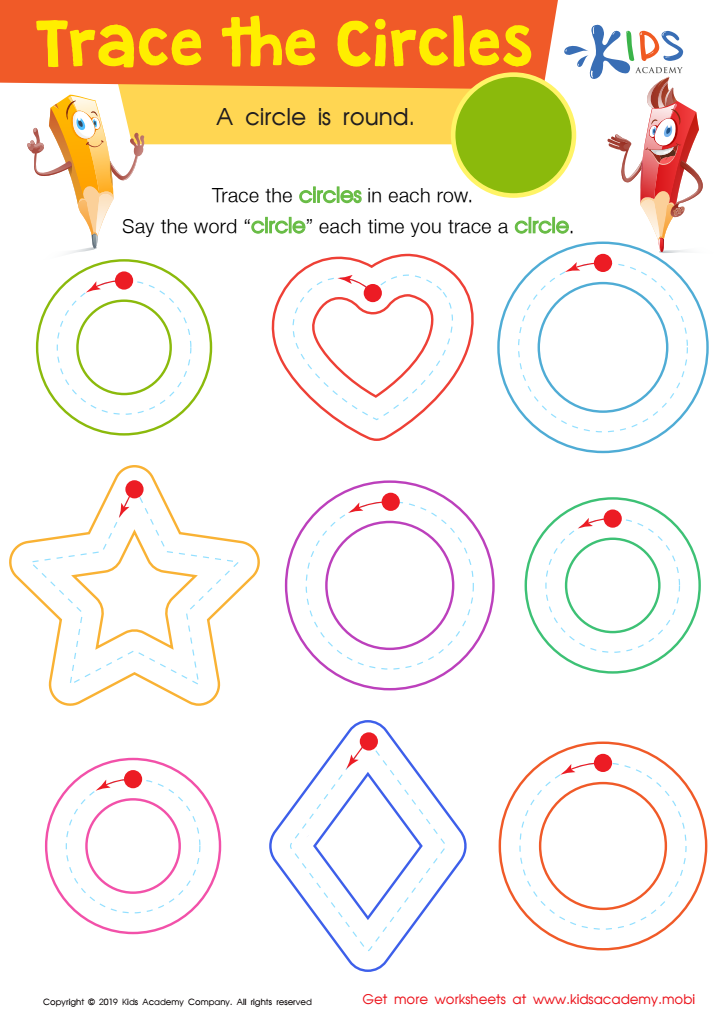

Trace The Circles Worksheet
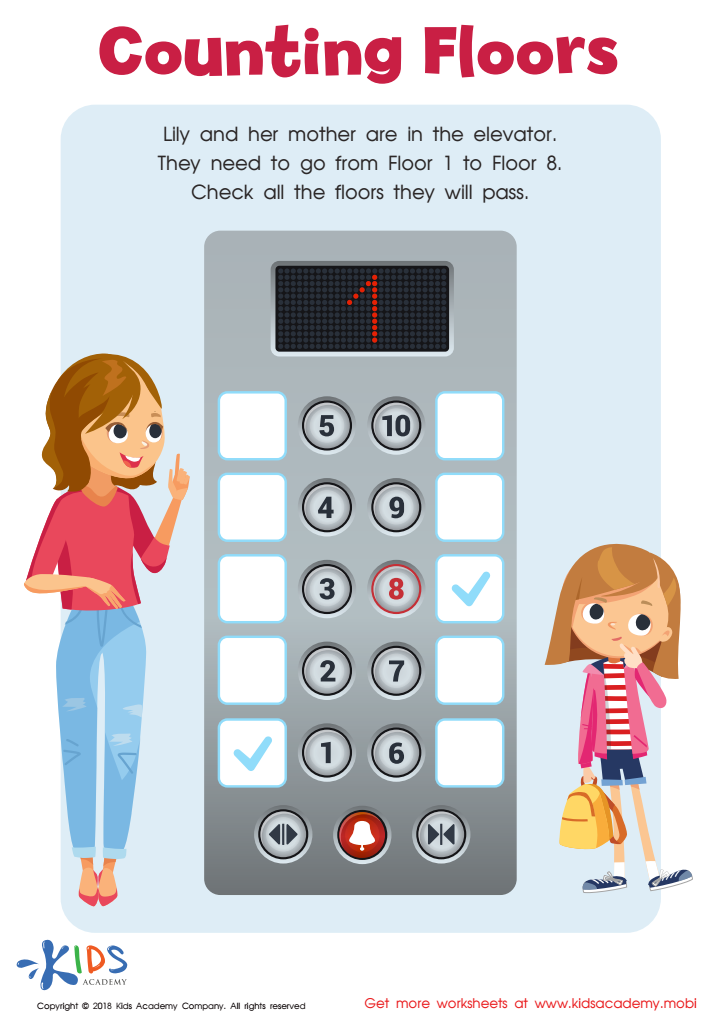

Counting Floors Worksheet
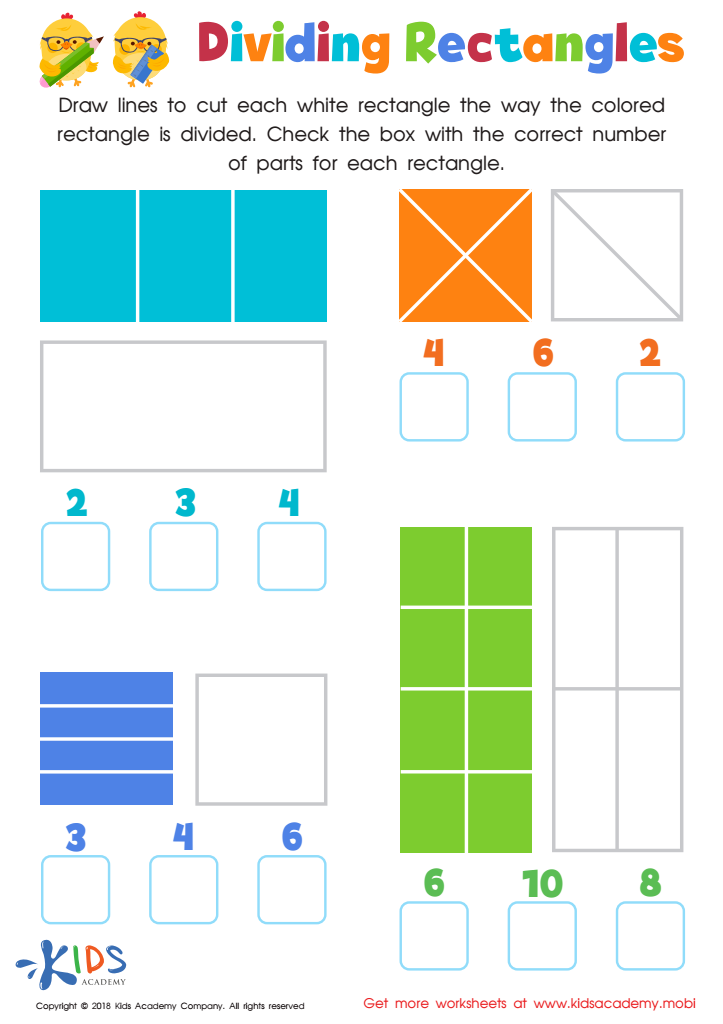

Dividing Rectangles Worksheet
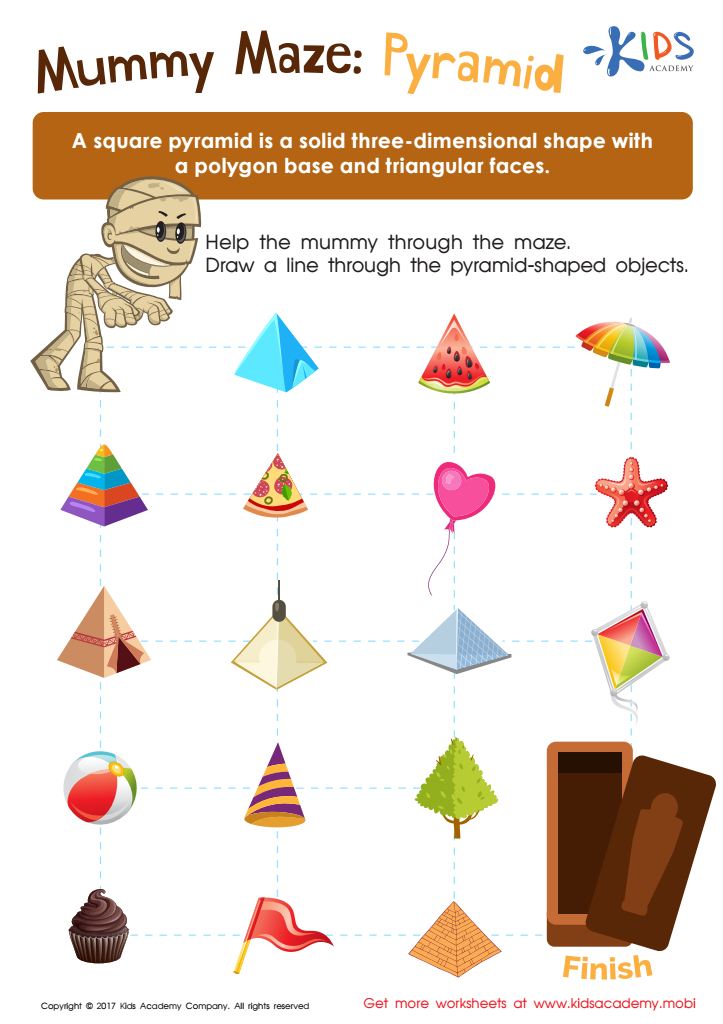

Mummy Maze: Pyramid Printable
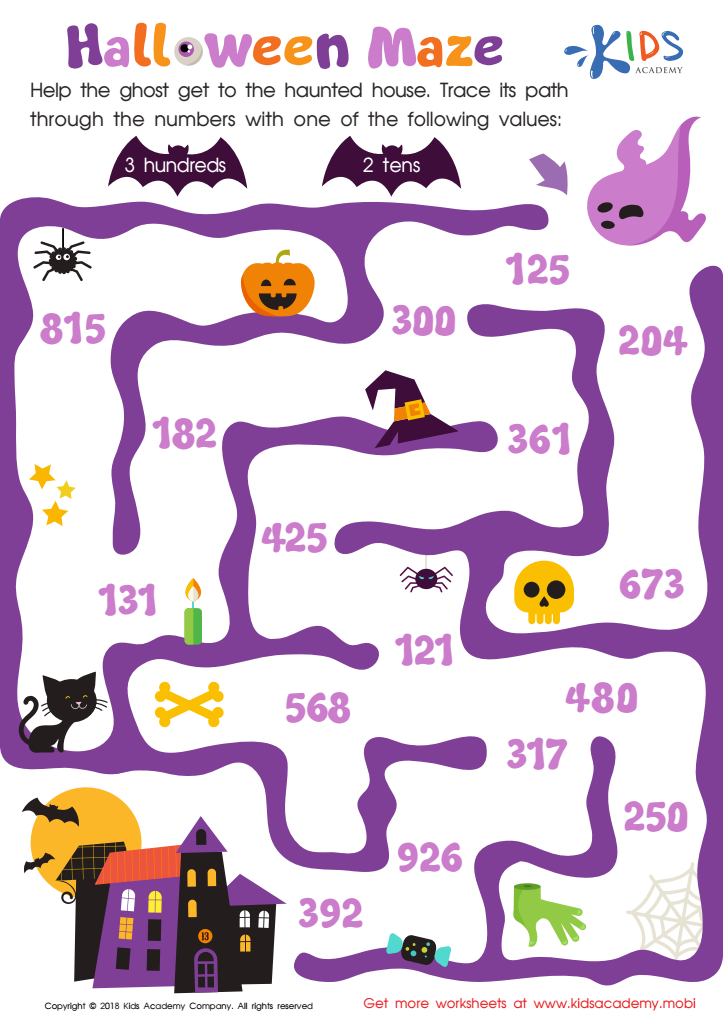

Place Value: Halloween Maze Worksheet
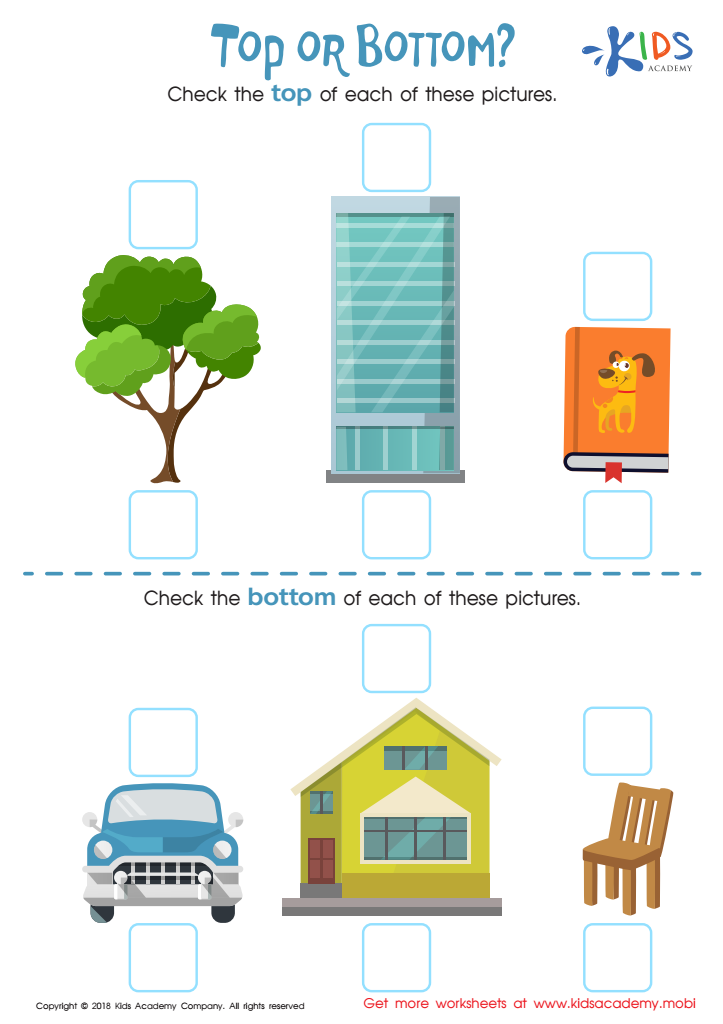

Top or Bottom Worksheet


Golf Maze: Curved and Flat Surfaces Worksheet
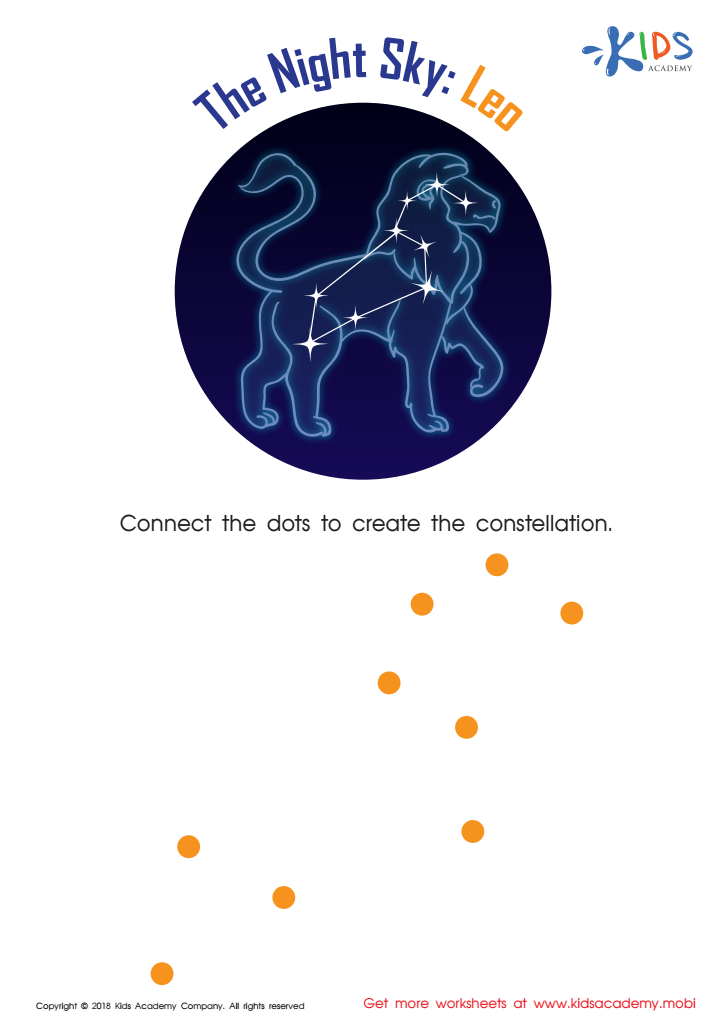

The Night Sky: Leo Worksheet
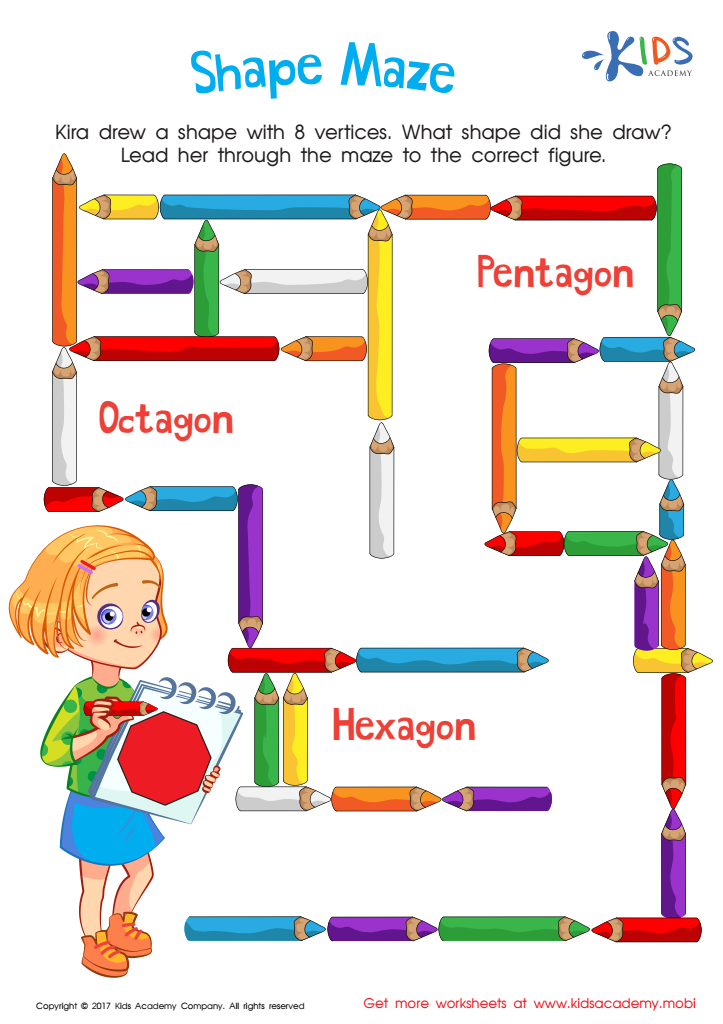

Shape Maze Worksheet
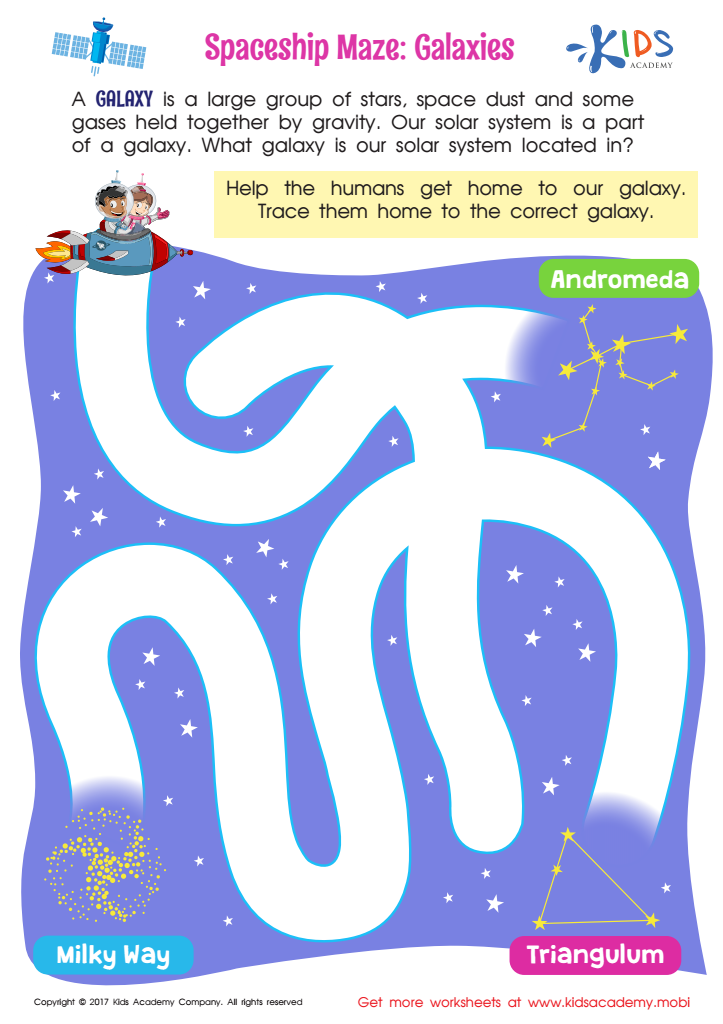

Spaceship Maze: Galaxies Worksheet


Uppercase Letters Maze Worksheet
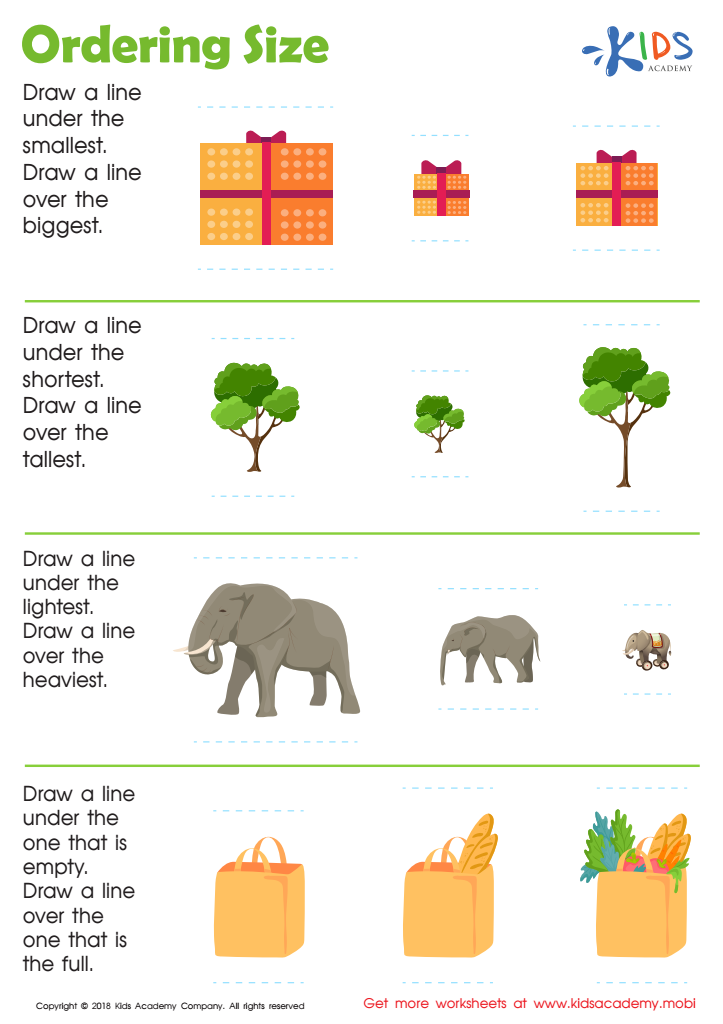

Ordering Size Worksheet
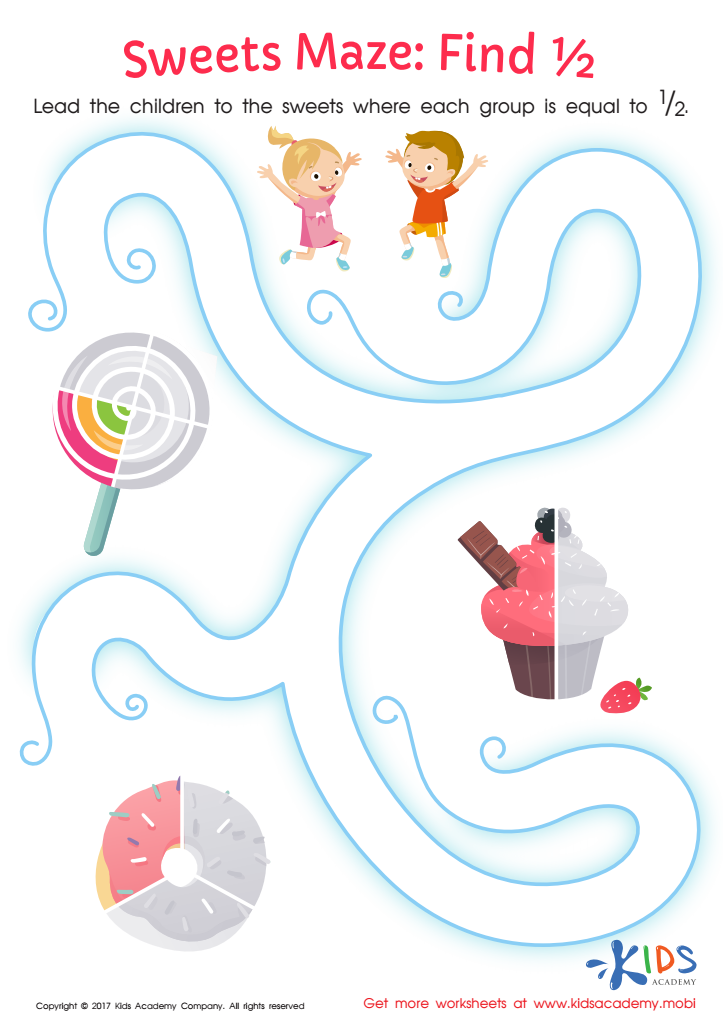

Fractions: Sweets Maze Worksheet


Tracing and Spacing: Assessment 1 Worksheet
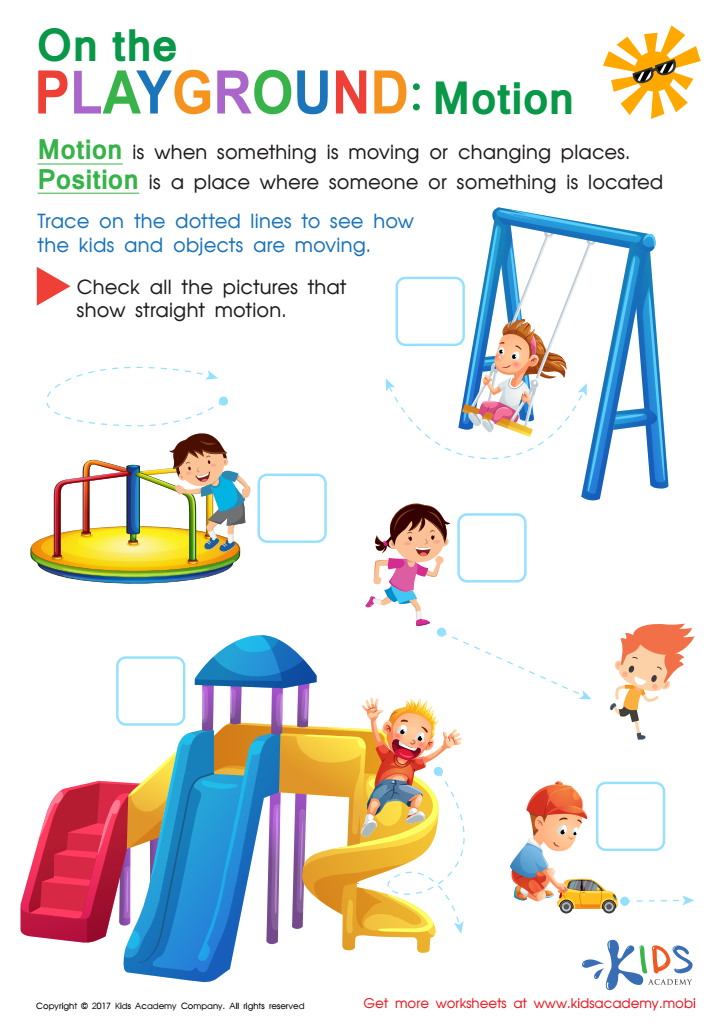

Position and Motion Worksheet
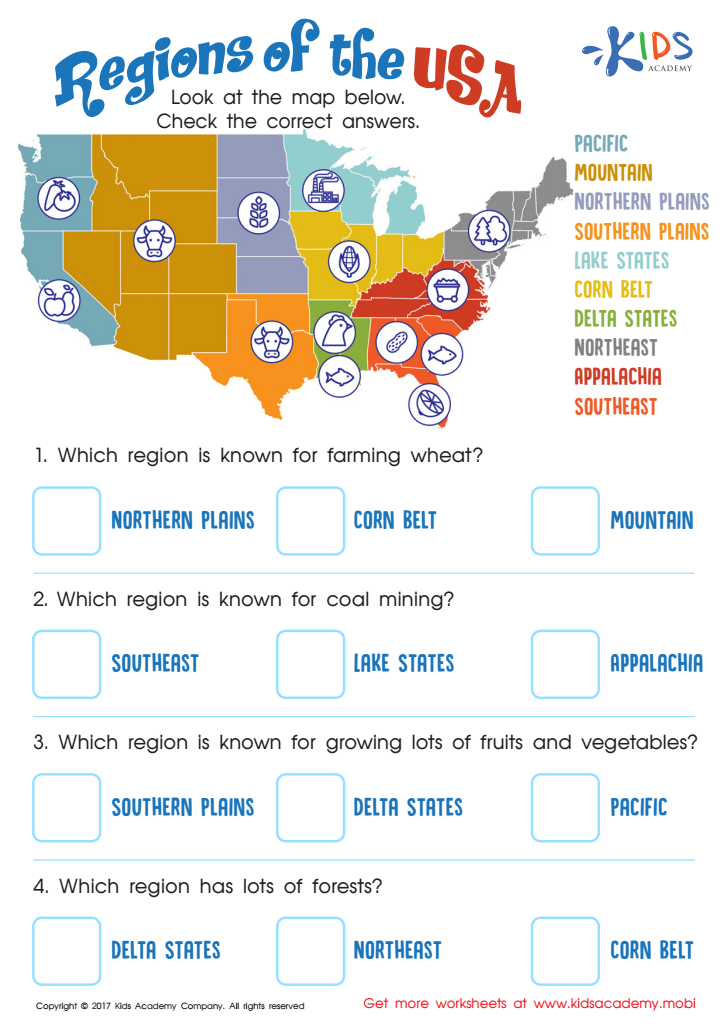

Regions of the USA Worksheet
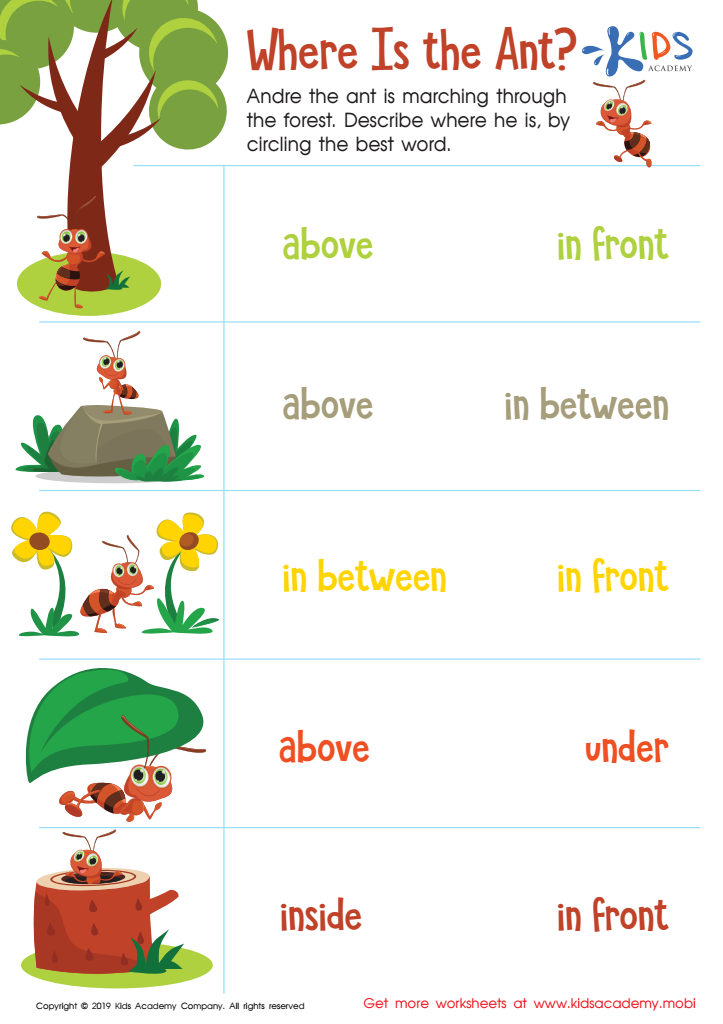

Where Is the Ant? Worksheet


Congruent Shapes Worksheet
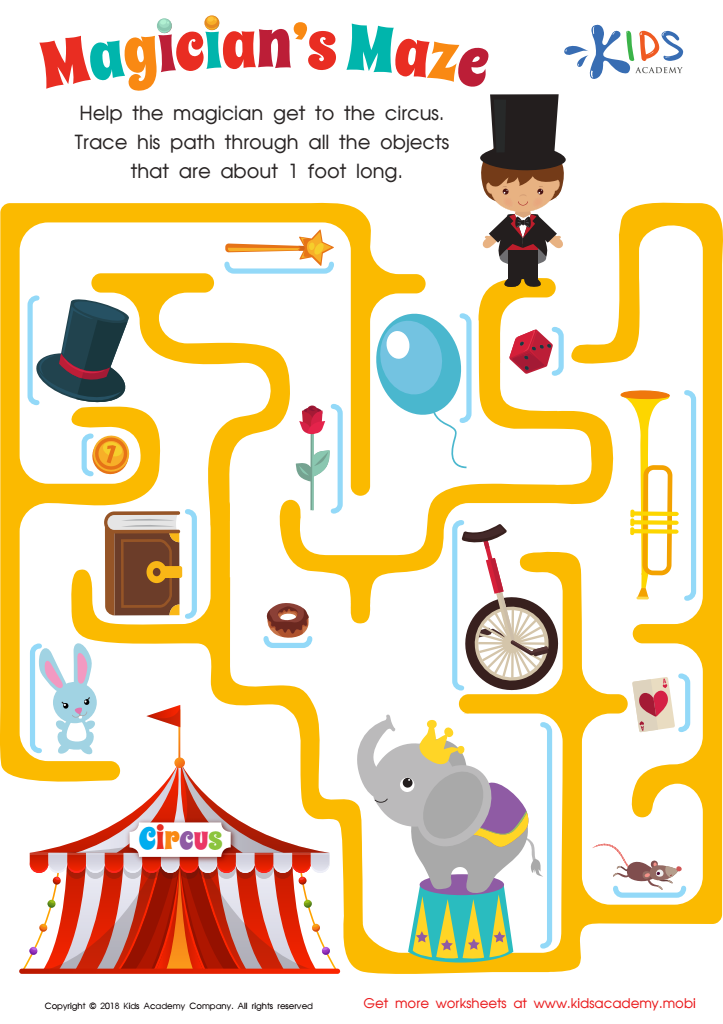

Estimating Length: Magician's Maze Worksheet


Color the Ducklings near the Pond Coloring Pages
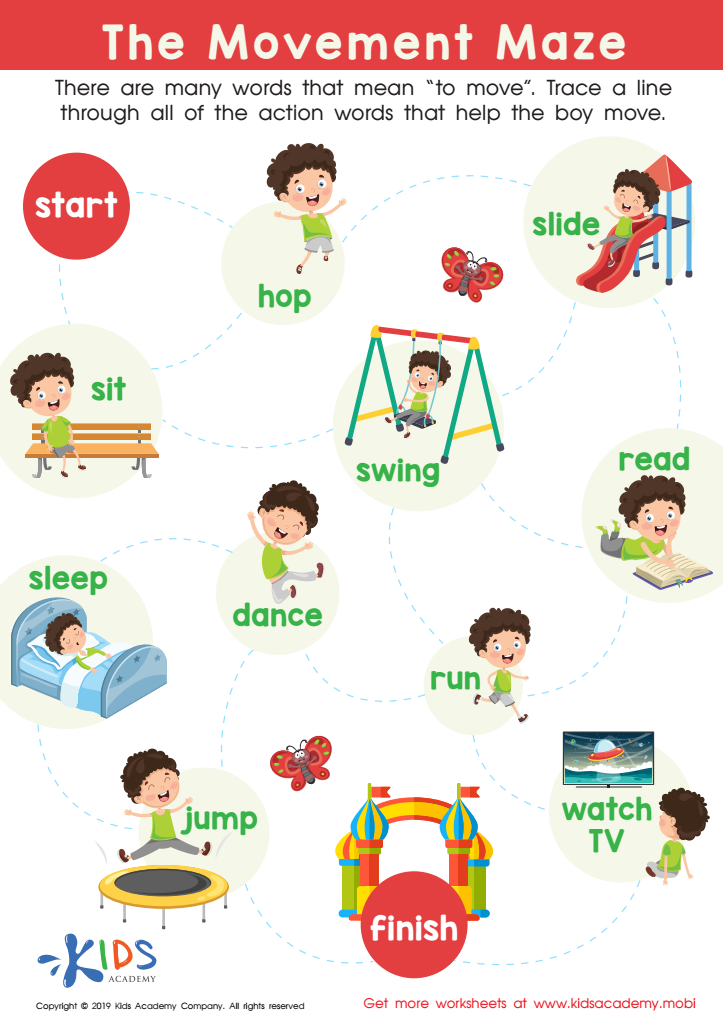

The Movement Maze Worksheet
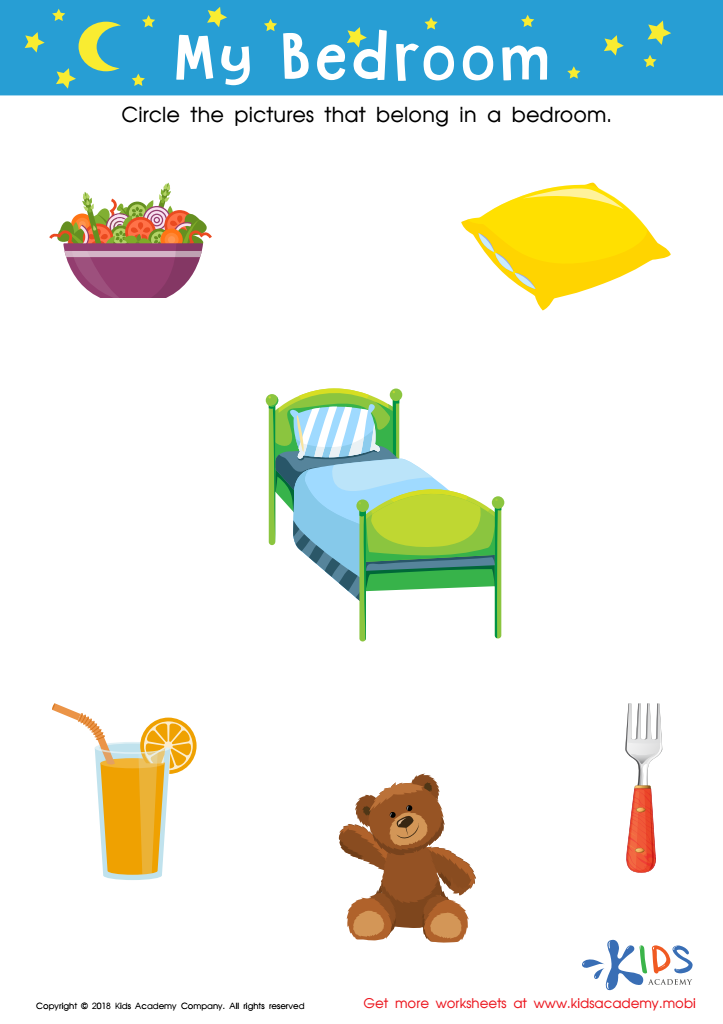

My Bedroom Worksheet
Spatial awareness is crucial for young children aged 4-9 as it helps them understand the relationship between objects and navigate their environment effectively. This skill is foundational for various academic and life tasks—including reading, writing, and mathematics. For instance, when children learn to recognize letters and numbers, spatial awareness allows them to distinguish between similar shapes and understand their placement on a page. It helps with handwriting as kids learn to space words correctly and maintain appropriate line alignment.
In mathematics, concepts such as geometry, measurement, and understanding graphs all require a solid grasp of spatial relationships. Beyond academics, spatial awareness is essential for physical activities and coordination. Sports, dance, and other recreational activities demand an understanding of space and movement. Socially, understanding personal space and physical boundaries helps children interact appropriately with peers and adults.
Moreover, spatial skills are linked to problem-solving and critical thinking. They help children understand patterns, plan their actions, and visualize projects. Developing good spatial awareness in early childhood sets the stage for future success in various fields like engineering, architecture, and computer science.
Therefore, parents and teachers should nurture and support the development of spatial awareness through playful activities, hands-on learning, and guided experiences that make learning these skills natural and engaging.
 Assign to My Students
Assign to My Students


